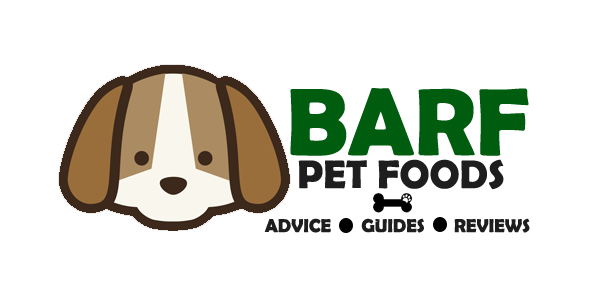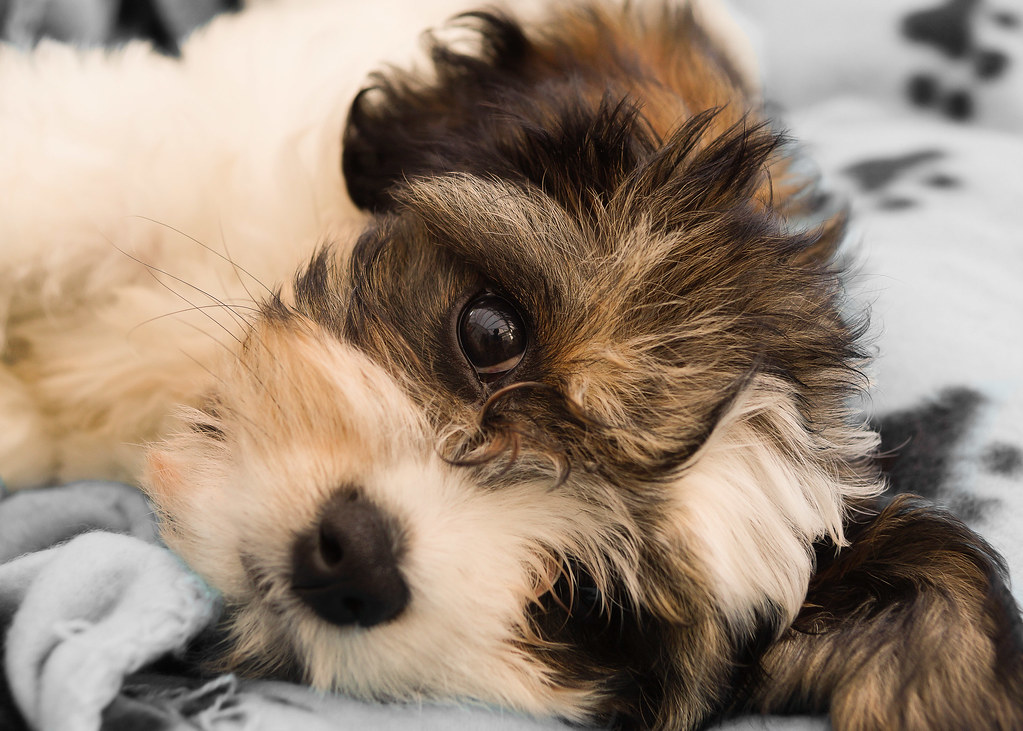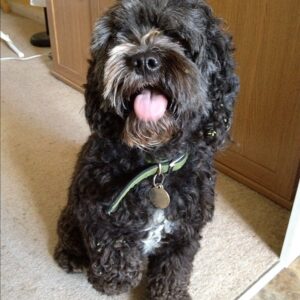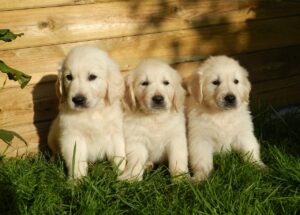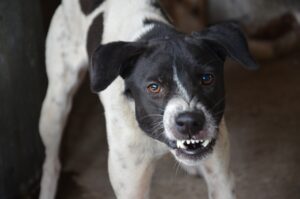In today’s article, we’re going to take an in-depth look at the relatively new crossbreed known as the Cavachon.
As is always the case here at BarfPetFoods.co.uk, we leave no stone unturned, so you can be rest assured that we’ll explore absolutely everything you need to know about the Cavachon. So, if you’re considering adding one to your family, I’m sure by the end of this piece, you’ll know whether or not the Cavachon is the right dog breed for you.
An Introduction
If you didn’t know (which I didn’t when I first heard the name), the Cavachon is a cross between a Cavalier King Charles Spaniel and a Bichon Frise. Unlike other dog crossbreeds, the Cavachon doesn’t tend to go by any other name, although you may hear some people refer to them as a ‘Bichon King Charles’ or a ‘Cavalier Bichon’.
Although we’ll discuss the personality and traits of the Cavachon in more detail below, here are a few snippets of information to get you going:
- They’re energetic little balls of fun that are suited to most households and environments.
- They’re fantastic in an urban setting and will typically be completely fine without a yard or garden.
- They’re great with kids – even small children – so if you have a young family, a Cavachon would be a great choice as your four-legged companion (always remember to supervise this).
- The three primary colours of Cavachons are white, cream, and pied. Most coats have a combination of colours, although in rare cases, the coat can be solid.
- Their coats are generally medium length and are often considered as being safe for those with allergies. However, some Cavachons do have a longer coat which might not be as allergy-friendly. Plus, they’re relatively easy to groom as they only need brushing two or three times per week.
- The Cavachon is generally regarded as a sociable crossbreed that gets on well with other dogs.
A History of the Cavachon
Cavchons have likely, inadvertently, existed for many years; however, it was in the mid-1990s that designer breeders began purposely breed Cavalier King Charles Spaniels with Bichon Frise.
The idea of the original breeders was to create an adorable companion dog, yet at the same time minimise health issues that pure breed dogs are often susceptible to. Unsurprisingly, it wasn’t long before the Cavachon was in demand!
Although the Cavachon is a ‘designer’ breed, there are Cavachons in dog homes and rescue centres; therefore, if you decide that the Cavachon is the breed for you, consider rescuing or adopting one.
Size & Appearance
Given that Cavachons are a new(ish) crossbreed, there aren’t any size standards. However, if we look at the size and stature of both the Cavalier King Charles Spaniels and Bichon Frise, we can make an educated guess as to the size of the Cavachon, so let’s look at the size standards for each breed:
Cavalier King Charles Spaniel: 30-33cm in height; 6-8kg in weight.
Bichon Frise: 23-28cm in height; 5-10kg in weight.
As you can see from the above, both breeds are relatively similar in height and weight; therefore, a Cavachon is likely to be somewhere between the above parameters. All-in-all, the Cavachon is undoubtedly a small dog breed, but there will, of course, be natural variations resulting in smaller and larger dogs.
Temperament & Personality
As I’ve not owned a Cavachon, I thought it would be best to speak to those who have to ensure this section is as accurate and descriptive as possible, so let’s look at what they said.
When discussing their Cavachon, one word came up more than any other: ‘Happy’ – which is always a good thing where any living creature is concerned! Cavachons seem equally at home running around going on an adventure as they do snuggling up on the sofa, which is excellent for dog owners who like a balance between walking and relaxing with their dogs. Cavachons energy levels are relatively average, with enough in the tank to go on a decent walk, but may tire if the walk becomes a long hike (they’ve only got little legs after all!).
Furthermore, Cavachons are extraordinarily sociable and will typically want to interact with every other dog and human they meet, particularly if they begin interacting also. They can be a little ‘barky’ if they’re unsure and will certainly alert you when guests arrive at your house, but this will vary from dog to dog.
Being both intelligent and eager to learn (and please), Cavachons are fairly easily trained, although shorter training sessions appear to be the way forward to avoid overstimulation or boredom. Consistency, calmness, and positivity should be your three training watchwords, as Cavachons don’t often react well to negative reinforcement or feedback.
All-in-all, Cavachons are small, sociable, happy dogs that want to get along with everyone and enjoy sleeping as much as they do having an adventure.
Health & Wellbeing
Although combining two breeds can often reduce the risk of health conditions, it doesn’t mean that a Cavachon won’t suffer from ailments that Cavalier King Charles Spaniels and Bichon Frise commonly face. While Cavachons are generally regarded as a healthy breed that isn’t overly prone to health issues, there are several conditions that are more prevalent than others. These includes:
- Heart murmur.
- Cataracts.
- Patella luxation.
- Cushing’s Disease.
- Atopic Dermatitis.
- Mitral Valve Disease.
As is the case with any other dog (cross)breed, regular veterinary check-ups are vital.
Looking After Your Cavachon
As mentioned above, Cavachons have middle-of-the-road energy levels, so a 30-45 minute walk alongside 15-20 minutes of play should be enough to keep them happy and both physically exercised and mentally stimulated. Of course, it can vary from to dog, so try different levels of physical activity and play to see what works best for your pup.
Walking on-lead is advisable given that, like many dogs, Cavachons can have a penchant for chasing after small animals and birds. However, with correct training, this behaviour can be minimised or even completely eradicated.
Ensure your Cavachon has yearly veterinary check-ups and that you flea and worm them on time (typically every month for flea-ing and every three months for worming) to avoid common problems associated with flea and worms (these can range from being relatively harmless to potentially fatal).
Always keep a keen eye on your dog’s oral health as poor teeth and gum health can lead to a myriad of other (potentially dangerous) health conditions, and ensure their nails are kept trimmed on a regular basis (you’ll know when they’re too long as you’ll hear them clicking on the floor when they walk). If you’re unsure how to do this, ask your vet or take your Cavachon to a professional dog groomer.
Leaving your Cavachon alone for extended periods of time is never a good idea (as is the case with the vast majority of dog breeds), as this can lead to separation anxiety, destructive behaviour, stress, and depression.
Training Your Cavachon
Training for Cavachons is exactly the same as all dog breeds, i.e., selecting your method(s), starting early, being patient and consistent, and always rewarding with praise and treats. Puppy training classes are always a great way to get your Cavachon started on their obedience journey if you’re unsure what to do and will also introduce them to other dogs and humans to boost their socialisation.
Being intelligent and eager to please, Cavachons are relatively easy to train, but keeping sessions short, positive, and calm is the best way to make their training both effective and efficient.
Diet & Nutrition
As Cavachons are small breeds with moderate energy levels, finding a food that is perfectly suited for this is a wise idea. The Cavachon owners I spoke to noted that Cavachons tend to put weight on with relative ease, so overfeeding or giving your Cavachon an excessive amount of treats is a big no-no. If you’re unsure whether or not your Cavachon is overweight, either take them to the vet or carry out this at-home test:
- Look down at your dog from above – you should be able to see their waist.
- Place your hands on your Cavachon’s back with your thumbs along their spine and your fingers spread downwards. You should be able to feel their ribs without pressing too hard. If not, they’ll require less food and more exercise (just like a human!).
Sticking to a regular feeding pattern with well-suited food is the best way to ensure they remain healthy – both internally and externally. Moreover, never leave their food out for them to graze on; instead, feed them once or twice per day and remove the bowl (and any food that’s leftover) after around 15-20 minutes.
As is the case with all dogs, as your Cavachon makes his way from puppyhood to adulthood to seniority, you will need to change their food accordingly. Always speak to your vet if you’re unsure which food is best for your dog.
Coat & Grooming
As mentioned above, the three primary colours of Cavachons are white, cream, and pied, with the vast majority of this crossbreed having a mixture of two or three of these colours (a small percentage will have solid coats). And again, as previously mentioned, their medium-length coat is generally well tolerated by those with allergies. However, as there are longer-coated Cavachons available, it’s always best to double-check.
Grooming a Cavachon is really easy and only requires a couple of brushing sessions a week. Bathe or shower them whenever you feel it is necessary, which can be done at home or by a professional dog groomer. After muddy walks, always check your Cavachons coat for dried mud as this can cause poor hygiene and irritation if not removed.
Although Cavachons do love adventure, they’re definitely a fair-weather crossbreed; therefore, taking them out in extreme weather isn’t wise. You may need to cover sensitive areas with sunscreen if they’re going to be out in the sun for extended periods.
Family Integration
Cavachons make fantastic family pets and are the perfect companions for children young and old. From speaking to Cavachon owners, it’s certainly apparent that Cavachons like to get involved in all activities – even if that is just sitting on someone’s lap while the family watches TV! They’re also very tolerant of the noises and commotion that is inevitable with children.
However, even though they’re an excellent choice for young families, it’s imperative to teach your children how to interact with and touch dogs, being sure to supervise these interactions until you’re 100% comfortable that a bond has been established and all parties are happy and relaxed. Additionally, ensure your children know never to approach a dog when he is eating or sleeping and never to take food from a dog. It doesn’t matter how friendly a dog is; it should never be left alone unsupervised with a child.
Regarding other dogs and pets, Cavachons are very social creatures, so they’ll be absolutely fine around other dogs provided that everyone gets their fair share of attention from you! With correct training, Cavachons shouldn’t have any issues getting along swimmingly with cats and other pets.
